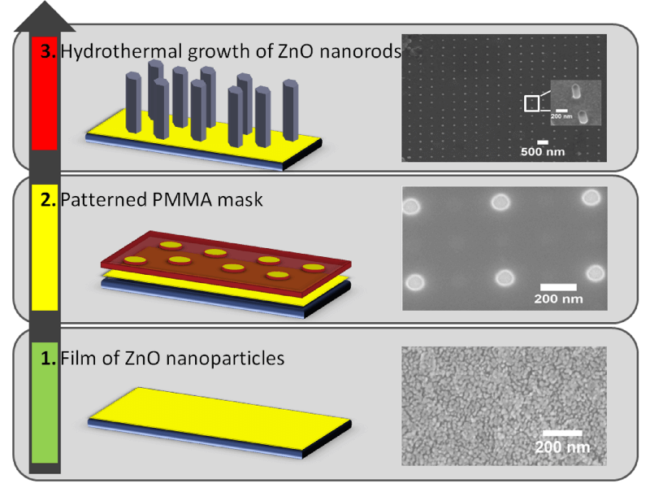
You know him from the white spot on the nose or on the back. But once white ointment to protect your skin from the sun, might begin to produce electricity on the roof of your house or car. Many people know that zinc oxide is a key ingredient in sunscreen and powder to diaper. But it also acts as a semiconductor that can be used in new types of solar cells, optical gas sensors and ultraviolet lasers, as well as in the production of gaseous hydrogen that could replace oil as a fuel source for cars and trucks.
“The main advantage of ZnO over other semiconductor materials is that it a lot, it is inexpensive and it can be used to create very high-quality devices quickly and cheaply,” says Amir Hassanpour, a physicist from Concordia University in Montreal. “It could lead to cheap devices with good performance that do not rely on rare, constantly missing materials”.
Along with fellow Hassanpur developed a new method of processing of zinc oxide for use in semiconductors. Their breakthrough approach can be applied for the production of more efficient solar panels and hydrogen fuel cells, among others. The study was published in the journal Materials and Design.
At the microscopic level, zinc oxide is a forest of tiny “trees” — nanorods — one-dimensional structures, which provide a way of transporting electricity. To work well in devices such as gas sensors, ZnO nanorods should be a certain way. So positioning them was always expensive and difficult process.
“Zinc oxide can be easily grown as a forest of randomly arranged nanorods, the diameter of each of which are 100-1000 times smaller than a human hair. But it is very difficult to tell the nanorods, as they grow,” say the researchers.

Scientists have coated the smooth surface of zinc oxide and heated to 400 degrees Celsius. Then they covered the first layer with the polymer and used an electron beam to punch holes in it. Then put the zinc oxide and the patterned mask in a bottle of zinc salts and other chemicals dissolved in pure water. Then heated the solution. Zinc and water are reacted in the only inside the holes, so the nanorods were formed only in these holes. After removal of the polymer remained forest of nanorods.
Growing nanorods of a certain pattern, scientists can create photonic crystals — a special structure, catching the light. Photonic crystals can be used to create a more effective UV lasers, or optical gas sensors that can change color in the presence of a specific gas.
Such a sensor may, for example, to detect dangerous amounts of carbon monoxide. Or it can be used for detection of trace gases, which should not be, for example, ethylene in fruit storage, because the presence of ethylene can cause damage to fruit, says Hassanpour.
Nanorods of zinc oxide will be a valuable asset for gas sensors, because they can change in a predictable manner when exposed to different gases. Although such sensors can be created from nanorods are not arranged in a specific pattern, to create more sensitive devices require careful control of the positioning of the nanorods.
Nanorods of zinc oxide can be used to create more efficient solar cells and cheap hydrogen fuel cells. Since the zinc oxide absorbs energy from sunlight, the placement of nanorods in water leads to the fact that absorbed the sun’s energy breaks the bonds between the atoms of oxygen and hydrogen in water molecules with formation of gaseous hydrogen.
This hydrogen can be collected and then used as fuel, ideally to replace gasoline or other fossil fuels. Keeping hydrogen, engineers could easily pass it as a fuel consumer, e.g. the hydrogen car.
Regular sunscreen will help in creating solar panels
Ilya Hel